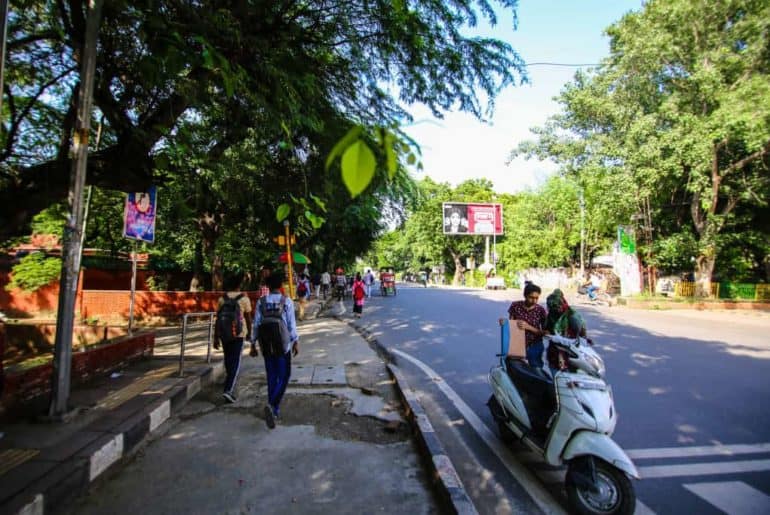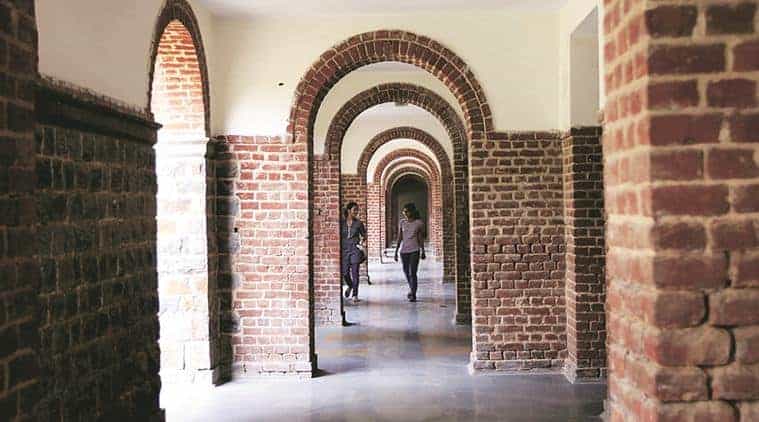Despite having extraordinary achievements
in STEM, women scientist remain unacknowledged and forgotten.
A few weeks ago, the prestigious Shanti Swarup Bhatnagar Prize for Science and Technology were awarded collectively for 2016, 2017, and 2018. Amongst the 33 winners, only one was a woman (Dr. Aditi Sen De). At the onset the of lack of female winners might seem to stem from the general lack of women in science, but a close analysis of sexism in the fields speaks volumes about how women have been systematically sidelined.
American astronomer, Vera Rubin, who provided the evidence of the existence of dark matter, was turned from the astronomy program at Princeton because they didn’t allow women. Miles away from America, Kamala Sohonie, a biochemist whose discoveries played a pioneering role in
tacking malnourishment in India, was declined admission in Indian Institute of Science by Nobel Prize winner, C.V. Raman simply because of her gender. Sohonie, who topped the Bachelor of Science course, had to stage a Satyagraha in Raman’s office for him
to take her in. This attitude of not accepting women in science prevails today as well.
According to a study at the University of
Wisconsin-Madison, titled “No gender differences in math performance” modern-day parents are less likely to encourage their daughters’ mathematical and scientific abilities, as compared to their sons’, despite them both having identical scores.
Women, historically, throughout the world, have been associated with a life of immanence, as opposed to the transcendence of male labour. To understand the disallowance of women in STEM (science, technology, engineering, and mathematics), in the words of an average misogynist will be- “Women are too emotional for science.”
So, when women’s achievements in science proved otherwise, the circumstances became a threat to the consolidation of patriarchal social order. Erase them, if you can’t silence
them- this is the strategy adapted by patriarchal history-keepers, as the contributions of Rosalind Franklin, Kamala Sohonie, B. Vijayalakshmi, and multiple women have been concealed behind Watson’s, Raman’s, Chandrasekhar’s, and other men’s.
Amrita Vasudhar, a graduate of Physics from Miranda House and a student of the Indian Institute of Science, notes, “There are layers to discrimination. The society says- Okay, go ahead, pursue science, but make sure it’s
biology because women understand the theoretical subjects better.” Male scientists have found a way to deny women their rightful access to the discipline.
Women scientists, innumerable times, have found a way of non-conformation to live their love for science. Thus, the next time we use an equation or the refrigerator, we should pause and wonder how many women have had to fight to contribute to it, or more frighteningly, to not be forgotten for it. As a tribute to those smart-fierce women we must remember the names like Asima Chatterjee, Charusita Chakravarty, Janaki Ammal, and Chien Shiungwee.
Image Credits: Wired
Anushree Joshi





